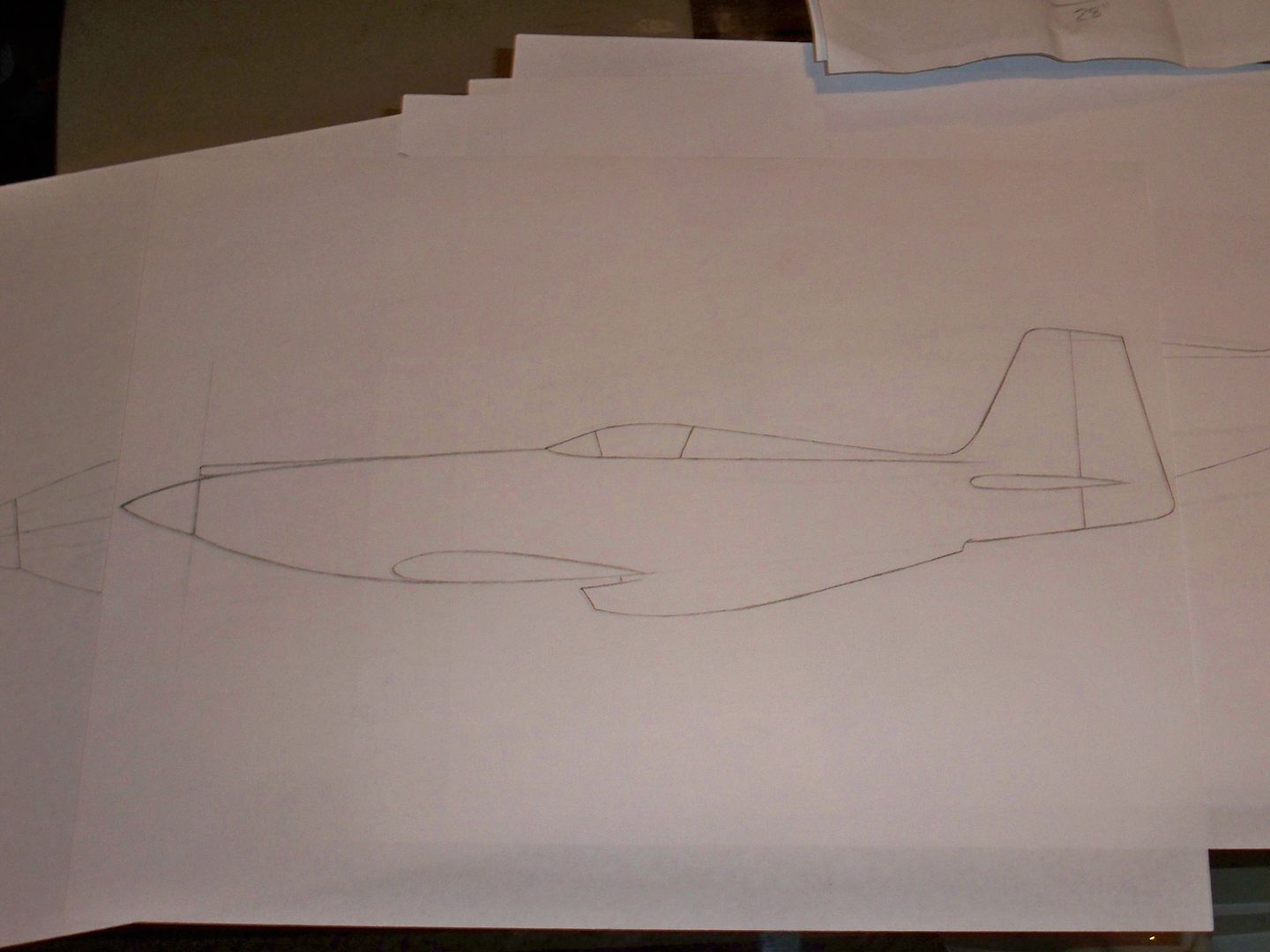I've seen various references to the LS1 being a suitable replacement for the 540. Geared drives makes a kit for the RV-10 for instance. So I am curious if there has ever been a v8 installed on a rocket. I am considering it for my rocket but I have concerns about the engine being too powerful for the base design of 180hp. Normally doubling (or more) the power means a total redesign so I feel my concerns are valid. If you guys have any insight to the durability of the design with a v8 I would love to hear it.
I have preview plans for the RV4 and I'll be ordering the HR3 plans soon, I am building the plane specifically for racing. I would like to have the LS engine because even in stock form it can exceed the lycos but with years of endurance racing experience it can be built to make impressive power while still being very reliable. I am working with an engineer to double check my work but if anyone has already done this installation that would save us a lot of time.
I have preview plans for the RV4 and I'll be ordering the HR3 plans soon, I am building the plane specifically for racing. I would like to have the LS engine because even in stock form it can exceed the lycos but with years of endurance racing experience it can be built to make impressive power while still being very reliable. I am working with an engineer to double check my work but if anyone has already done this installation that would save us a lot of time.









